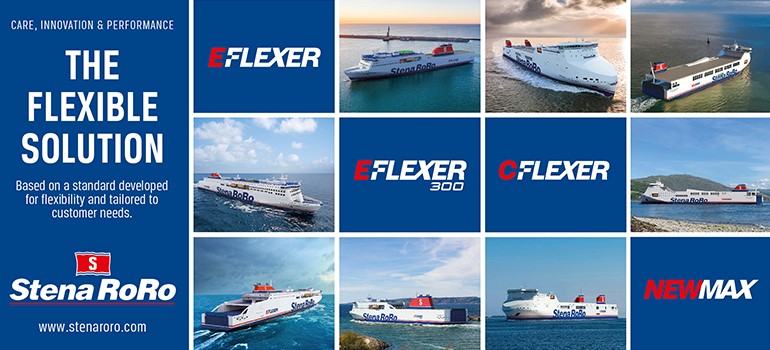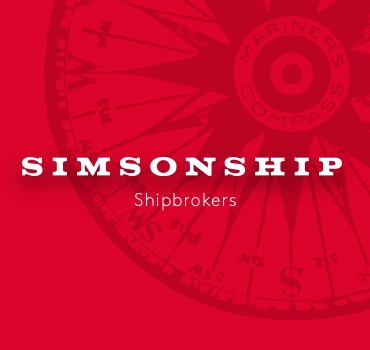New tool to forecast carbon intensity of vessel operations
As shipowners rush to comply with Energy Efficiency Existing Ship Index (EEXI) requirements, misguided decisions on “low friction” hull coatings can have far reaching consequences.
Jotun has created a tool to calculate the CII of individual vessels and project the expected development in CII ratings based on different antifouling coatings. The digital tool will display options in a way that customers can easily visualise.
Alongside the new tool, Jotun has published a paper that dispels the notion of “low friction” coatings that can improve vessel EEXI purely through theoretical calculations and adjustments. The findings are supported by vessel performance data analysed using the ISO 19030 standard.
The paper highlights that IMO guidelines clearly state that the effect of “low friction coatings” cannot be measured, calculated or certified in isolation. In the case of a sea trial, achieving low hull roughness requires the right surface preparation and skilled application, and not purely on choice of coating.
Should the vessel end up with an antifouling that claims “low friction” but is not effective in protecting the hull against biofouling, loss in vessel speed, increased fuel consumption and commercial consequences of poor CII ratings will be costly for the shipowner. Even as shipowners see EEXI compliance as the most pressing need, decisions taken now on hull coatings can significantly affect CII ratings for the next few years.
Hull coatings can make a difference between a B- and an E- rating on vessel’s CII.
Tan Keng Khoon, Global Category Manager for Hull Performance, explains ” We have built a digital tool to project, for individual vessels, the expected increase over time in carbon emissions for different antifouling coatings, against progressively tightening bands of CII ratings.” Taking a 388K dwt bulk carrier with a momentary A-rated efficiency on leaving drydock, the choice of antifouling for that dry docking will lead to very different scenarios. On a market average antifouling, the vessel’s CII rating shows an annual deterioration, falling short of its required CII by the end of the 4th year.
A premium antifouling keeps the vessel within regulatory expectations, while an ultra-premium antifouling with proactive cleaning delivers the best CII rating - much stricter requirements by the 5th year being the reason for the change from A- to B-rating.
The projection is supported by evidence from 3 sister vessels with consistent operational profiles. Performance data analysed using the ISO 19030 standard for measuring hull & propeller performance and compared with fuel consumption records confirms the drastic change in CII ratings over time due to the use of lower quality antifoulings. Biofouling growth adds significant frictional resistance to hulls, thus burning more fuel and releasing more carbon dioxide.
Effective hull coatings must be part of improvement measures
The improvements from dry docking effect of cleaning, blasting and recoating the hull alone are insufficient to get an improvement beyond the D rating band. The vessel needs significant retrofits and further optimisations to improve its efficiency to an A rating. These can cost upwards of hundreds of thousands of dollars in equipment upgrade, or opportunity cost in reduced cargo load. With a lower quality, average antifouling, this newly-gained A-rate efficiency is only momentary. As biofouling catches hold, it deteriorates to a C by the end of the 3rd year, D by the 4th, and E by the 5th. A poor decision on antifoulings practically negates the CII improvements expected from major investments in other aspects of vessel efficiency.
Shipowners, managers and consultants need to realise that all else being equal, a vessel’s CII will increase over time due to biofouling pressure. Effective hull coatings are a requisite measure of any efficiency improvement plan, even more so when major investments will be put into retrofitting and upgrades.
May 18 2022
Most read
Baleària expands its connections with Algeria to five weekly services during the summer and begins operating the Tarifa-Tangier Ville route in the second week of May
Apr 10 2025


















